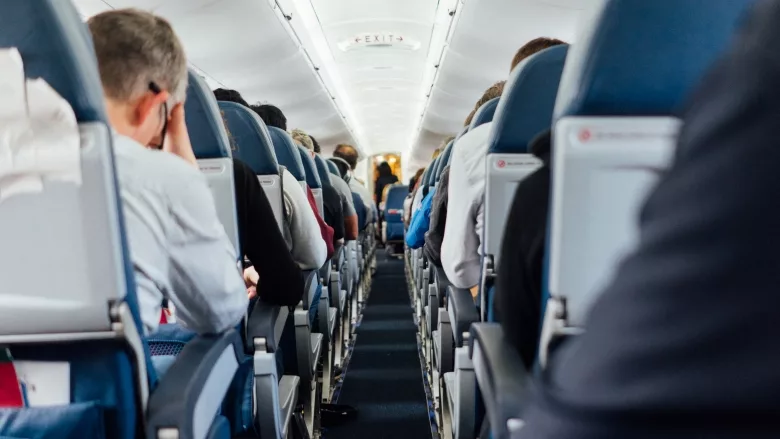TSA preps for uptick in summer travel

The Transportation Security Administration (TSA) has implemented security technologies across U.S. airports to prepare for an anticipated increase in travel this summer.
The continued recovery from the low travel volumes during the pandemic may require more patience and planning than was necessary before the pandemic, according to TSA. In response to the pandemic, checkpoint environments and procedures have changed to enhance screening operations, ensure the safety and well-being of the traveling public, and to minimize the spread of COVID-19.
Security strategies for increased airport passenger traffic
A focus on hiring and recruitment has helped TSA prepare for summer travel, according to TSA Administrator David Pekoske. “Our airport security checkpoints include 47,500 highly-trained security professionals and new technologies that enhance security and reduce physical contact,” said Pekoske. “We continue to recruit, retain, train and equip a highly-skilled workforce, and we work continuously with our airport and airline partners to anticipate and prepare for higher traffic patterns.”
In addition to security officer retention, the agency has incorporated screening technologies to improve security and wait times.
TSA deployed Credential Authentication Technology (CAT) and Computed Tomography (CT) scanners to improve identification verification. The CT units provide security officers the ability to review a 3D image of passengers’ bags and reduce the need to search the bag’s contents. Passengers screened in security lanes with CT units do not need to remove their travel-size liquids bag or electronics.
To date, TSA has deployed 1,621 CAT units to 176 airports. Among those, 90 CAT units are modified and equipped to read and verify digital identification. TSA also deployed 402 CT units to 163 airports nationwide.
In some airports, security has enabled digital identification verification at Travel Document Checker podiums.
Looking for a reprint of this article?
From high-res PDFs to custom plaques, order your copy today!






